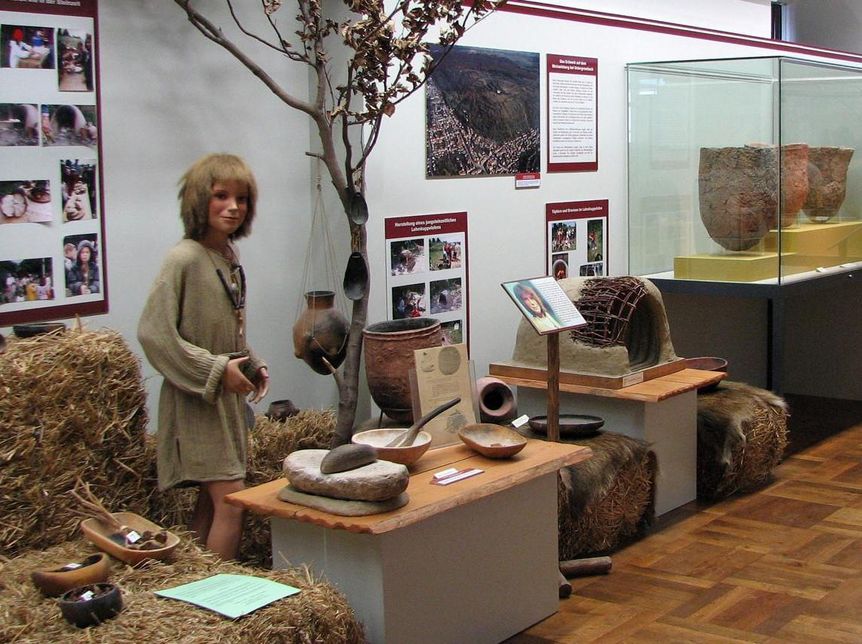A variety of exhibitsExhibitions
Follow the reconstruction of the palace after World War II, delight the heart with music, or get to know what life was like in the Stone Age – The exhibits and documentation rooms in Bruchsal Palace include a wide variety of offerings. There are also many fascinating special exhibitions on art and culture.







